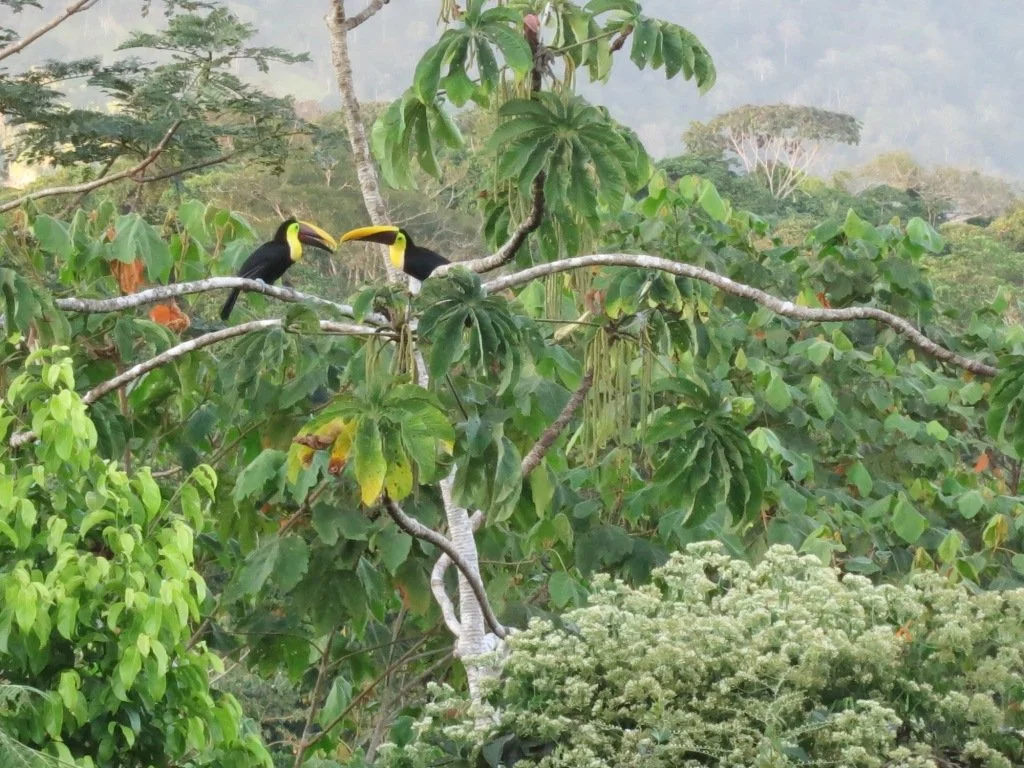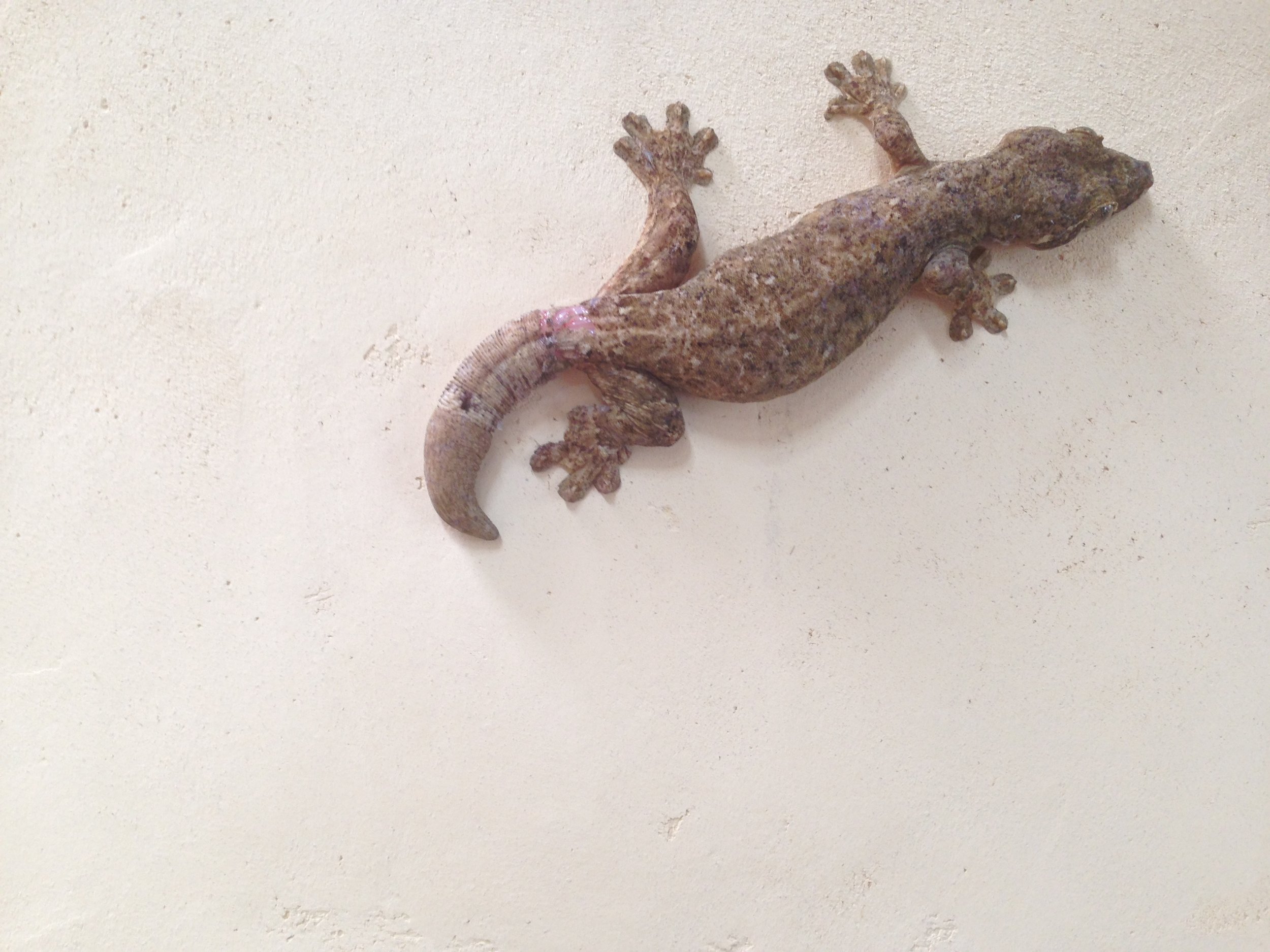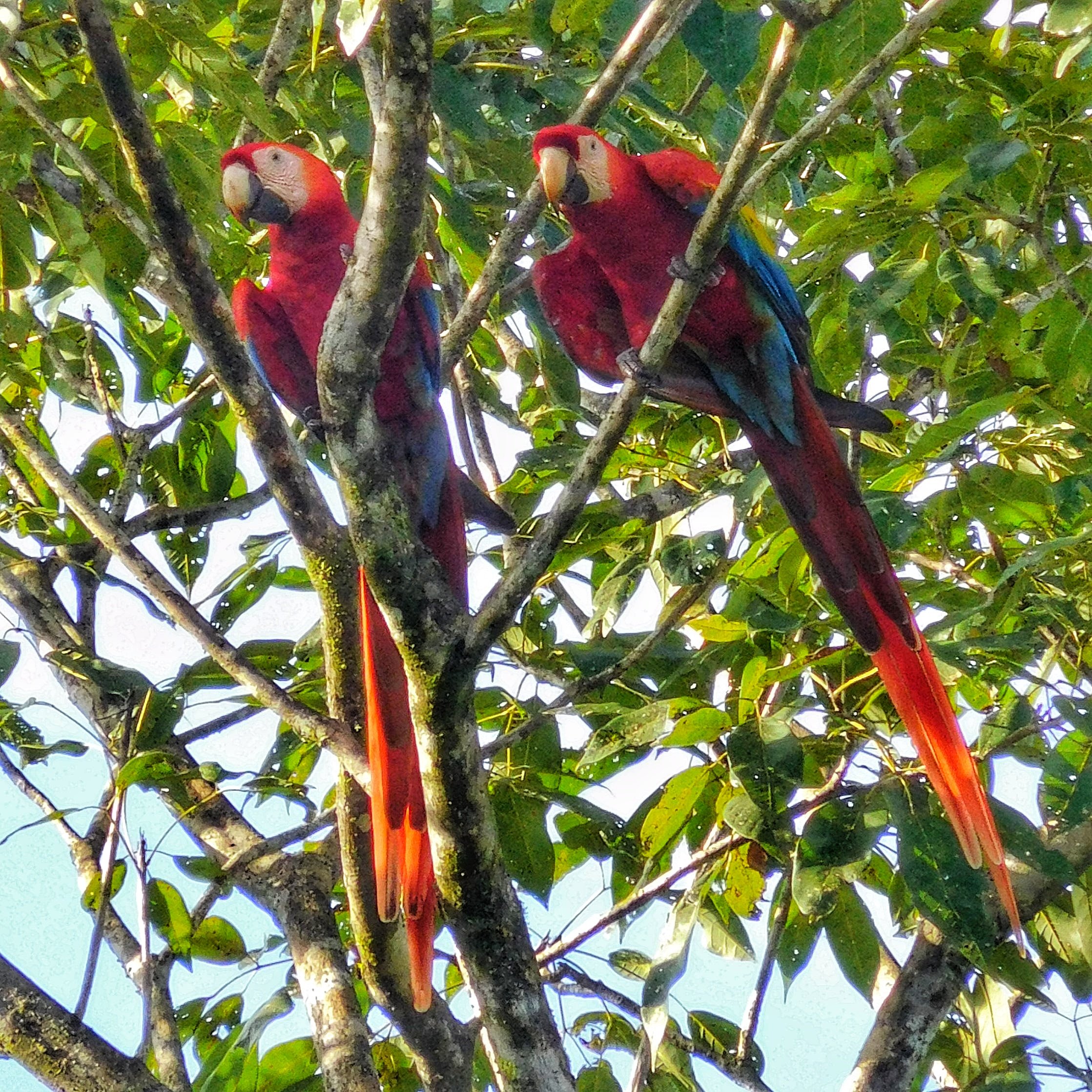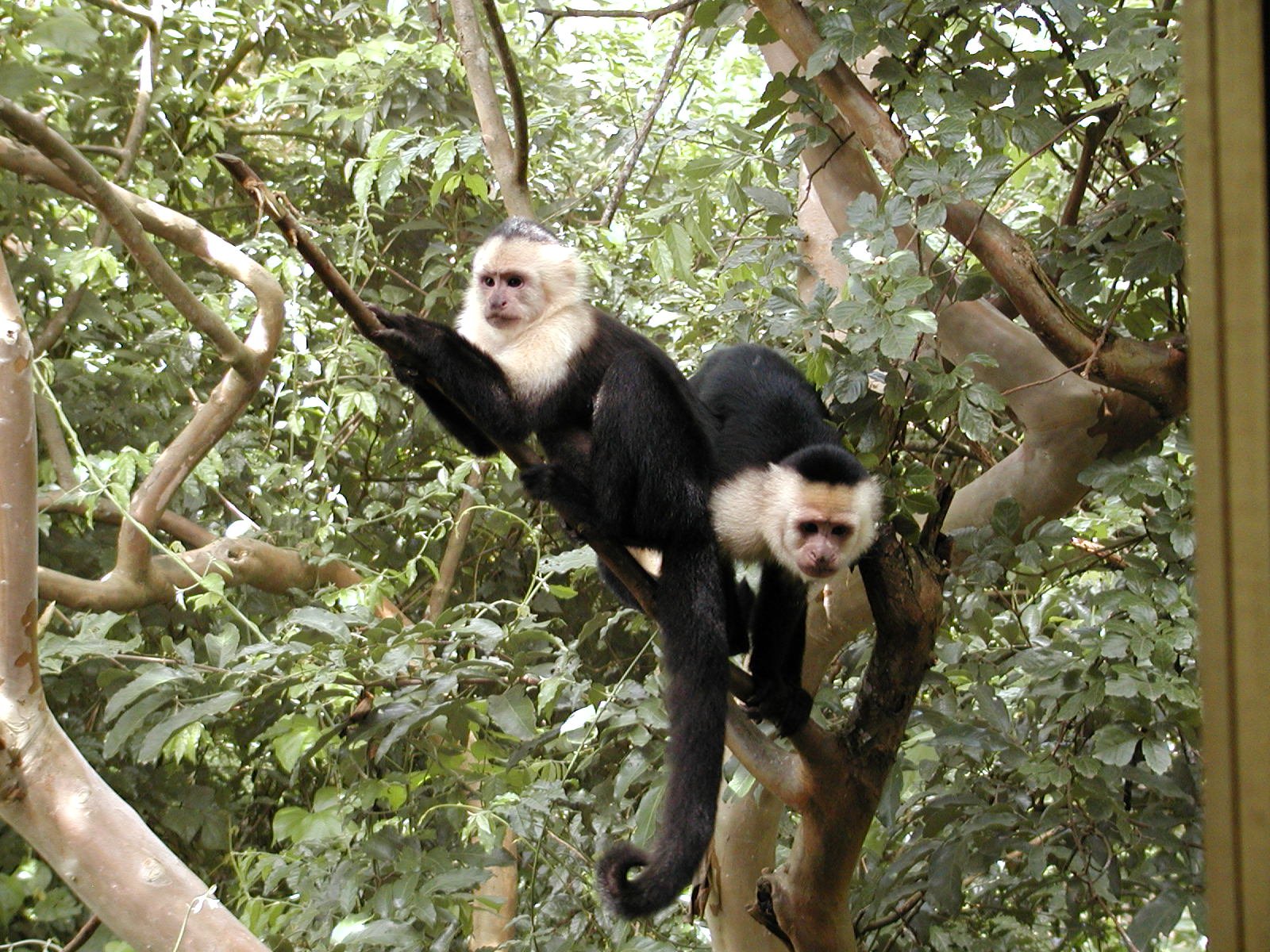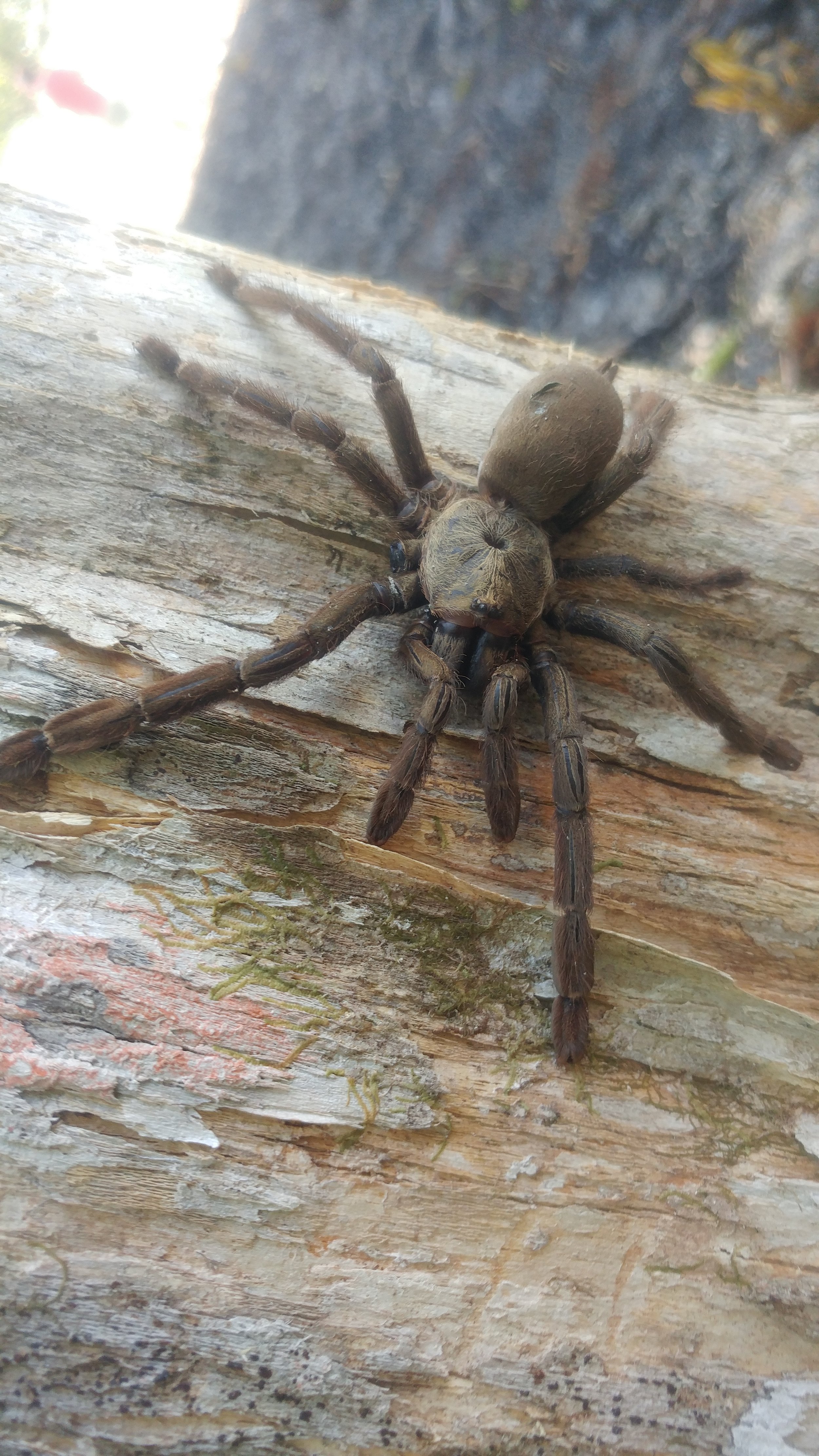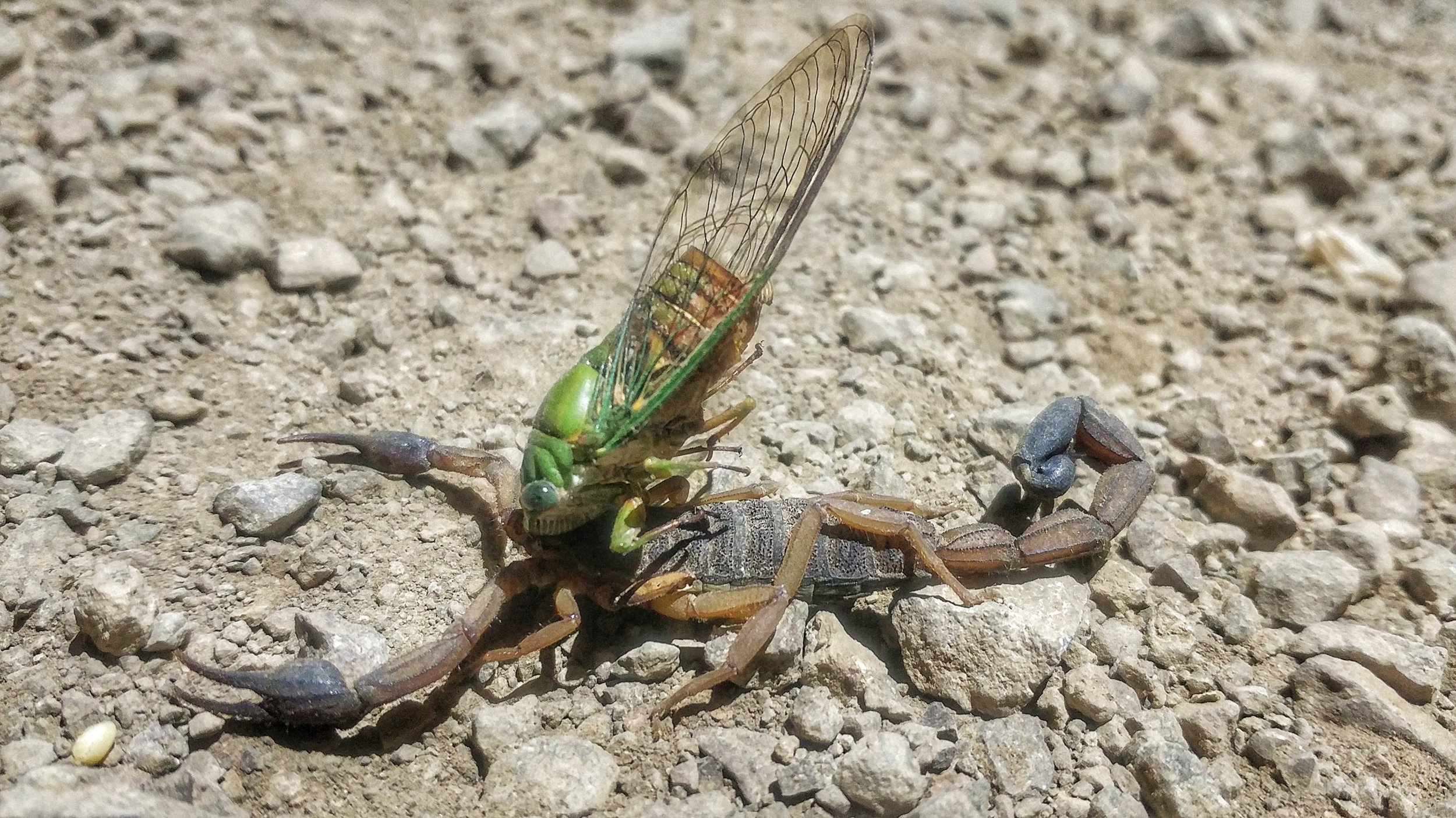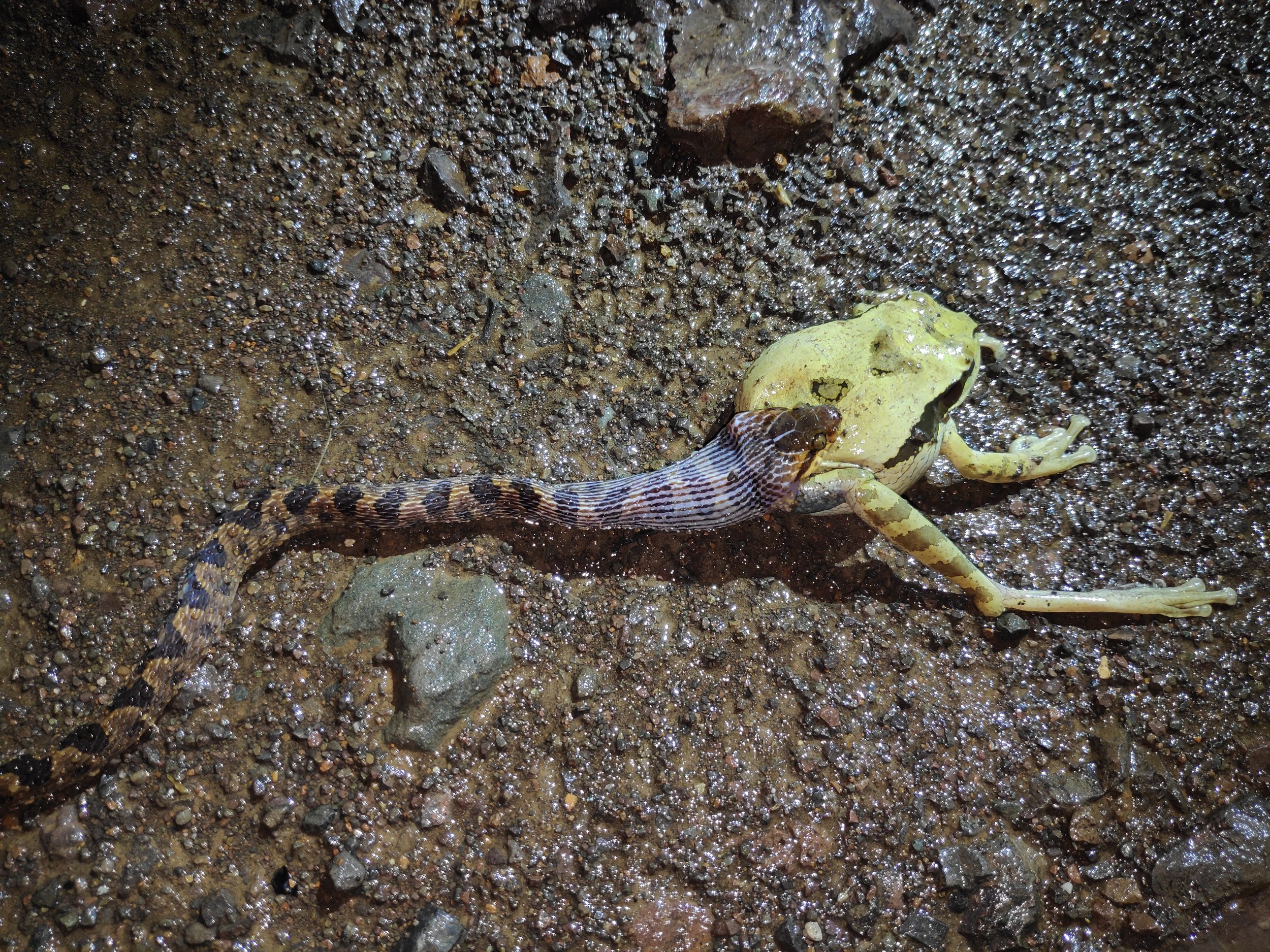Rancho Mastatal Wildlife Catalogue
Rancho Mastatal is nestled in almost 300 acres of rich, wild jungle. We are constantly surrounded by a huge quantity of flora and fauna, with lots of our lessons revolving around learning about and caring for the flora we cultivate. Fauna care certainly has its place in Permaculture and is a part of Ranch life. During our year here as apprentices, however, we have no livestock or producing animals to care for; only our lovely pets.
As a lover of animals I am somewhat saddened by the lack of time we get to spend with creatures here; I know some of the struggles the Ranch has experienced in the past with animals, and appreciate that this isn't a time for intensive livestock care. That being said, we still get to see loads of things on a daily basis! My goal here is to catalogue and display some of the wild critters that we are exposed to while living in our little jungle homes. It will be a wildly incomplete list, hopefully subsidized by stories from others who have spent time here, and more official wildlife catalogues of mountainous areas in Costa Rica. We'll have sections of mammals, birds, reptiles and amphibians, and crawlies, and we'll go small to big because that's fun.
Reptiles, Amphibians (Scaly, slimy, slithery)
1 - Geckos
Geckos are everywhere at the Ranch! The common invasive varieties are usually no more than about 5 centimeters long, where fully-grown endemic varieties can be upwards of about 12. Our most common are Yellow-headed Geckos (Gonatodes albogularis), and the most wonderful are Banded Geckos (Coleonyx mitratus). They have sticky pads on their little toes to help them climb everywhere, and they chirp much louder than you'd expect!
2 - Dart Frogs (Dendrobates auratus)
Green-and-Black Poison Dart Frogs are very common in the forested areas surrounding the Ranch. Indigenous peoples used them throughout Central and South America to coat the tips of darts and arrows with poison, which can actually be done without harming the frog; the coating of their skin contains the toxin. Super fun to look at, but caution recommends not to touch.
3 - Cane Toad, or Giant Toad (Bufo marinus)
My personal favorite. Very common in all areas, especially babies and adolescents in damp forested areas and around the rivers. Can grow quite large, enough to intimidate a cat. They can actually be quite dangerous, especially for dogs and other small animals, as they produce a milky substance in glands behind their eyes that can be psychoactive and extremely toxic. Good rainy day companions.
4 - Snakes
Snakes could be an entire topic of their own, and I'll keep it short as opposed to diving in to a very deep subject. The two most common types here are Pit Vipers and Corals.
Our biggest concern here is the Fer-De-Lance (Bothrops asper), or known here as terciopelo, a type of pit viper. A very large, naturally intimidating snake. Very large head in relation to the body, and an angular diamond pattern along its length. There is a "falso" or copycat species which is not venemous, so knowing what is dangerous and what isn't is important.
5 - Iguana (Ctenosaura similis)
Spiny-tailed Iguana are not uncommon, and are most noticeable when they fall out of trees onto roofs, producing a massive crash. A very tragic spectacle to behold, but, being ancient reptiles very well adapted to the hardships of life, they are usually fine. Also regularly seen crossing roads or lazing in tree branches. They can grow to over a meter in length. Spines run down their back from head to tail.
Birds (Flap flap, flap!)
Again, far too large a topic to cover in depth! Just a few favorites and common sightings here. Costa Rica, and our area around La Cangreja National Park in particular, are amazing places for birdwatching and I will not be able to do justice to the hundreds of species we are neighbors with here. In recent bird counts here in the park they have identified over 300 different birds!
1 - Toucan
There are several different types of toucans that live in and move through Mastatal, but the most common is the Chestnut-mandibled Toucan (Ramphastos swainsonii). They are kind of bullies, and will take advantage of squirrels and eggs and other slightly saddening sources of food regularly. Beautiful, though!
2- Scarlet Macaw (Ara macao)
Macaws are incredibly beautiful to behold and make a squawk like an animal in a great deal of pain. They travel daily from the mountains to the coast (and then back), so we often see them flying overhead towards the west. They mate for life, so you always see them travelling in pairs, which is precious.
3 - Turkey vultures (Cathartes aura)
One I'm familiar with from my home region, and was very happy to encounter here. Not the most enchantingly beautiful creatures on the planet, but they have some of the best souls. Incredible composters and digesters, they feed on carrion and do a fantastic job of cleaning up the forest. Their stomach acid is strong enough to kill almost all harmful viruses and pathogens that they ingest. I wonder if they have tasted ripe fruit before, and if they've enjoyed it. I hope so.
Mammals (Fuzzy, hairy, tails sometimes)
1 - Squirrels (Sciurus variegatoides)
Squirrels, while lovely and precious, are relatively mundane. Although less common here than they are in my native Appalachia, they perform about the same role. Not a ton of wow factor, but still a valued sighting. Our most common variety here is the Variegated Squirrel which vary in color and pattern very greatly.
2- Agouti - Dasyprocta punctata
Agoutis are rodents that look very similar to capybaras in build. The only difference is that they are tiny :) They spend lots of time in our orchard spaces under fruiting trees, and around our banana-compost circle near the main house. They will steal (forage is a fairer word, there's no hard feelings) bananas and peels to snack on and then rush back into the woods. Our cat Chester, pictured above, is not fond of them in the slightest.
3 - Opossum - Didelphis marsupialis
Similar interactions here as the interactions I've had in Appalachia. They are usually encountered wandering guiltily in the dead of the night, freezing when found. We saw one, absolutely mortified, in the middle of the day in a Mulberry tree not too long ago. I adore them, and hope they get their fill of berries and fruits. The jungle is a hard place for a lil opossum.
4 - Pizote, or Coati - Nasua narica
Coati resemble raccoons with longer tails and precious long little noses. They are climbers, and regularly fight our harvesters for the best in-season fruits. They have very good taste, unfortunately, and will take the best of the best of our rarer fruits. Guard your zapote well.
5 - Caro blanco, or Capuchin
Capuchins are the most well-represented type of monkey in pop culture. They live in large family groups led by alpha males, and spend the vast majority of their time in the canopy of more forested areas. Groups will range in size from the single digits to upwards of 30. In about six months here I have seen two groups passing through the jungle around our river trail.
6 - Puma
I have not seen this beast myself yet, maybe for the best. A couple here this year had an encounter with a mature puma while on their way down to the river, with a neighborhood dog accompanying them; as recanted to me, it seems like the encounter could have gone very badly for the dog, but all escaped unharmed. No photo for this one, because I am not a tracker and wouldn't be brave enough to wait for a picture if I saw one.
Creepy Crawlies (or creepy flyers. Sometimes not creepy)
1 - Ants
Mundane, but they demand mentioning. They are our most numerous neighbors, and vary in type widely. "Sugar ants" are harmless and numerous, mostly found in and around our kitchens taking advantage of anything left unattended for a few sparing moments. Fire ants are very common in our garden spaces and are your punishment for weeding in one spot for too long. Army ants act as a single massive organism, living nomadically and weeding out other bugs from their areas of interest ruthlessly. Incredible to behold in action. Finally, cuiscanas, (SPELL CHECK) or "devil ants" are small, red, slow ants that live in garden and orchard spaces. They don't bite, but secrete an acid as they wander on your bod which burns and stings for longer than preferred. Spraying alcohol on the affected area helps, but not enough.
2 - Horsefly
With the rainy season come the tabanos, horrible flying creatures which are much more aggressive here than I've experienced them being in the southern States. They hunt you and bite hard. They range in size from about housefly size to about the size of a quarter. Particularly horrible to experience while playing field sports, and while showering. No photo, primarily because I do not think they deserve it, secondarily because they pretty much just look like normal flies.
3 - Scorpions - Centruroides limbatus
Certainly creepy, certainly crawly. Our most common here is the Bark Scorpion, which can grow to be upwards of about 10 centimeters. Thankfully there are no varieties which will harm you much more than a stinging bee, though in other places in the world they can be much more dangerous. Check your boots, and pillowcases :)
4 - Tarantula
Honorable mention, shamefully with no photograph, because I got to see a baby in a firewood bucket. I'm unsure of how common they are, having only seen one once so far. Consequently I'm also not too loaded with tarantula facts. They are many-legged and hairy, and I've heard they can shoot their spines off their legs! Not sure if that's a myth or fact. Definitely sounds believeable.
5 - Blue Morpho - Morpho helenor (and other beautiful flyers)
Blue Morpho butterflys are very well known by Central American travellers. Their bright color is astounding and their manner of flying very interesting. They bob through the air with long, slow, heavy beats of their wings, rising and falling huge distances between flaps in a mezmerizing way. They are deceptively quick, however, and are excellent at avoiding photographs which display their in-person vibrance.

